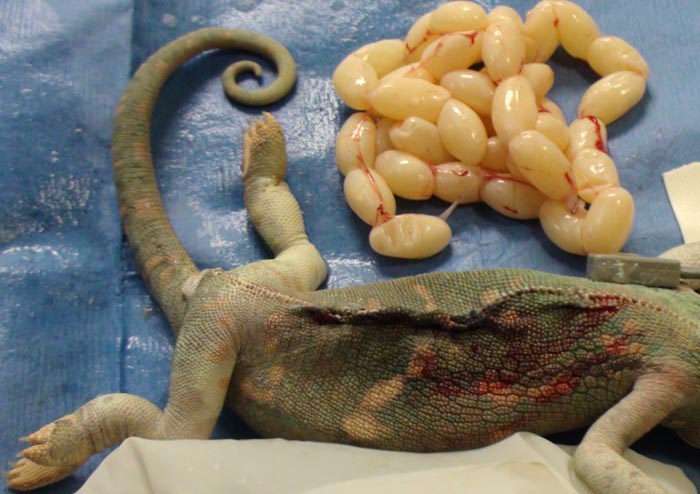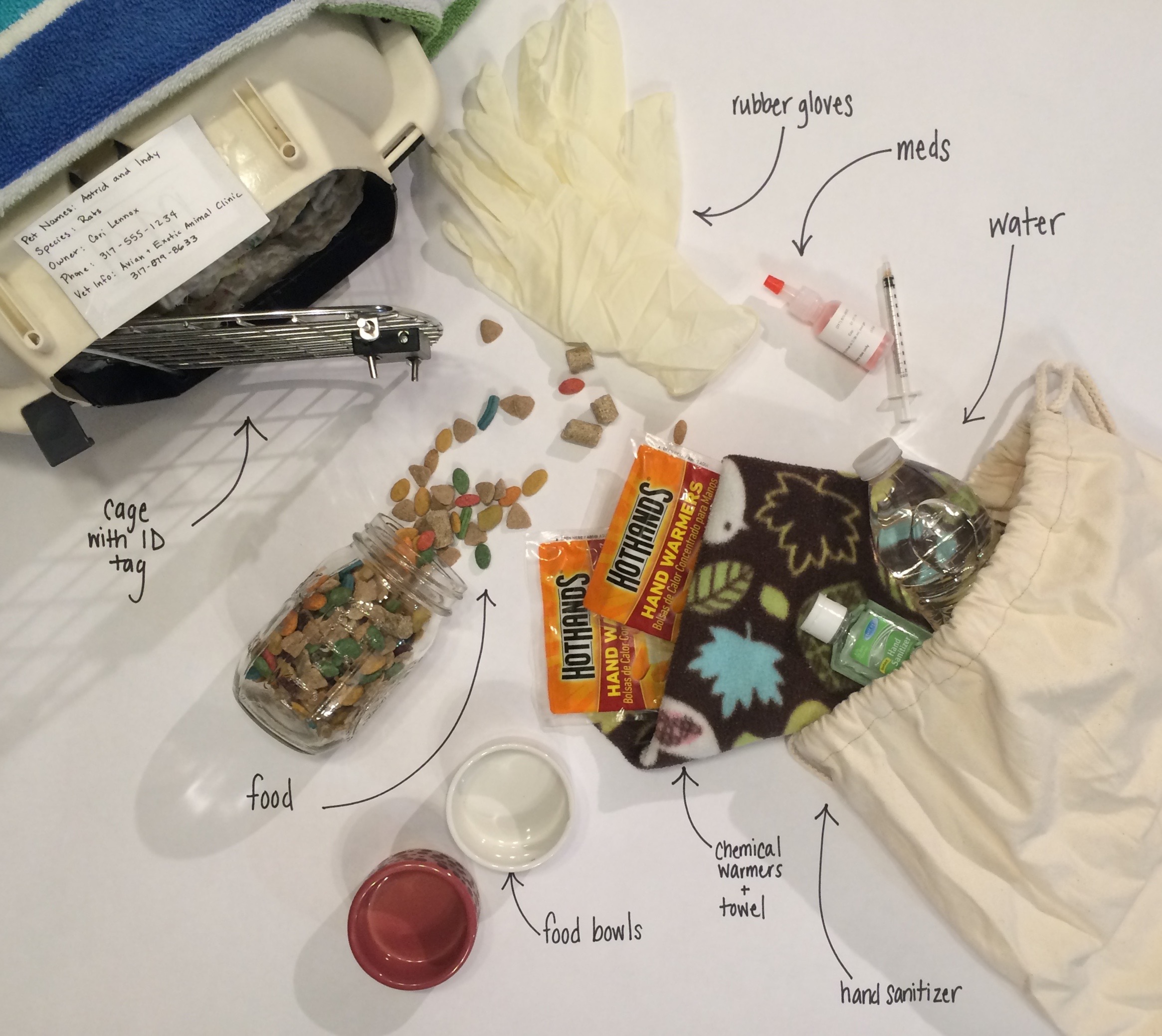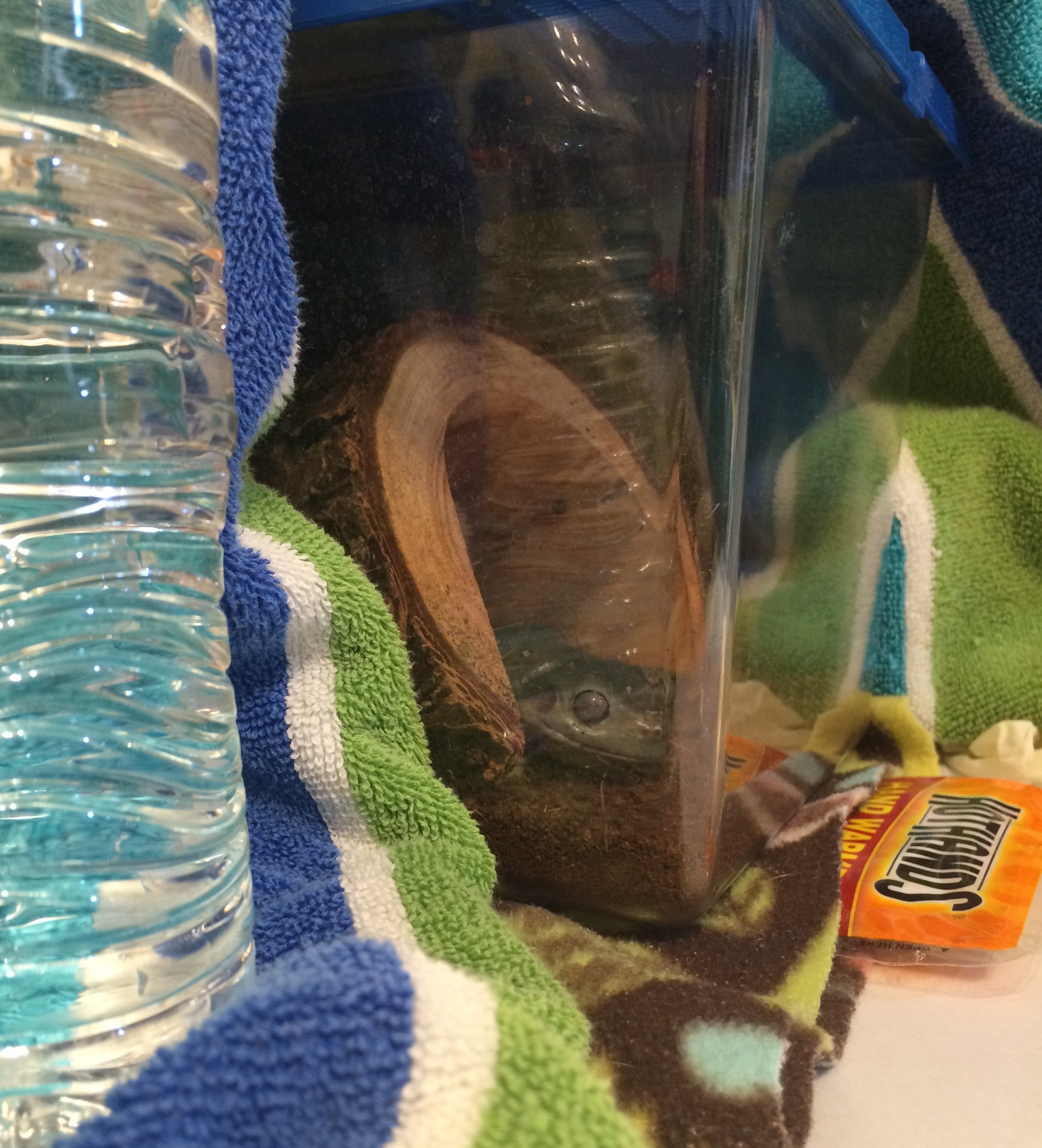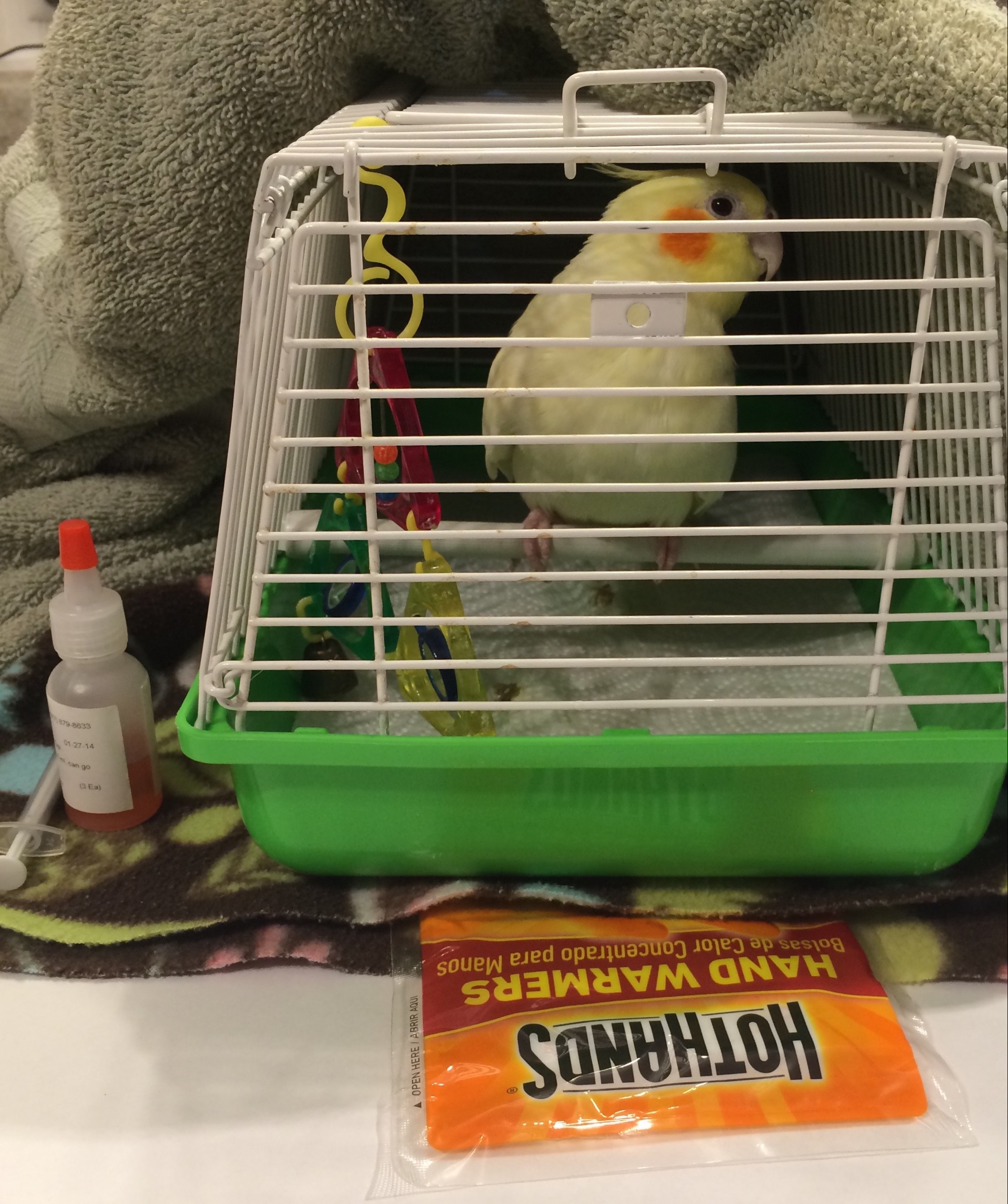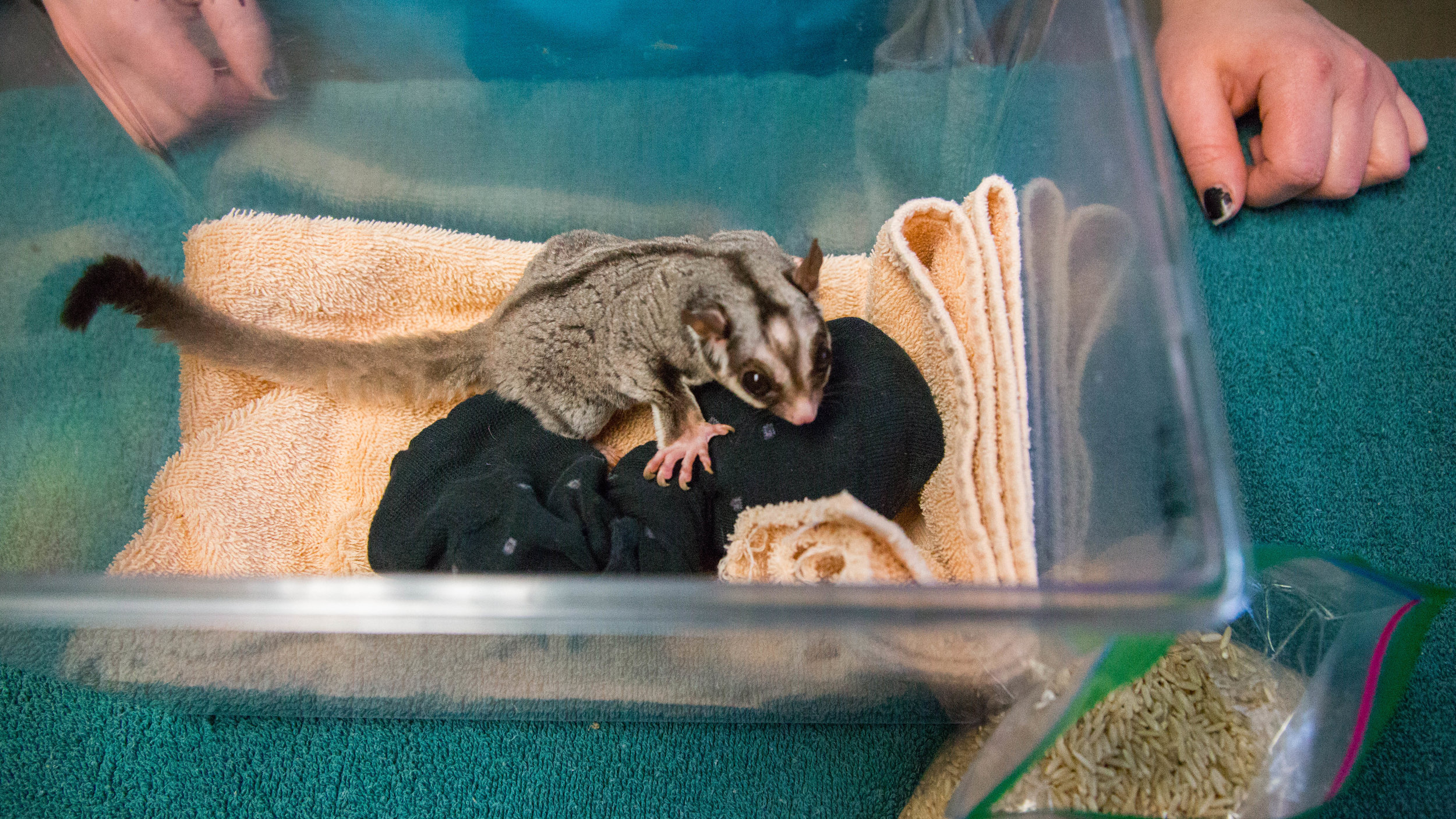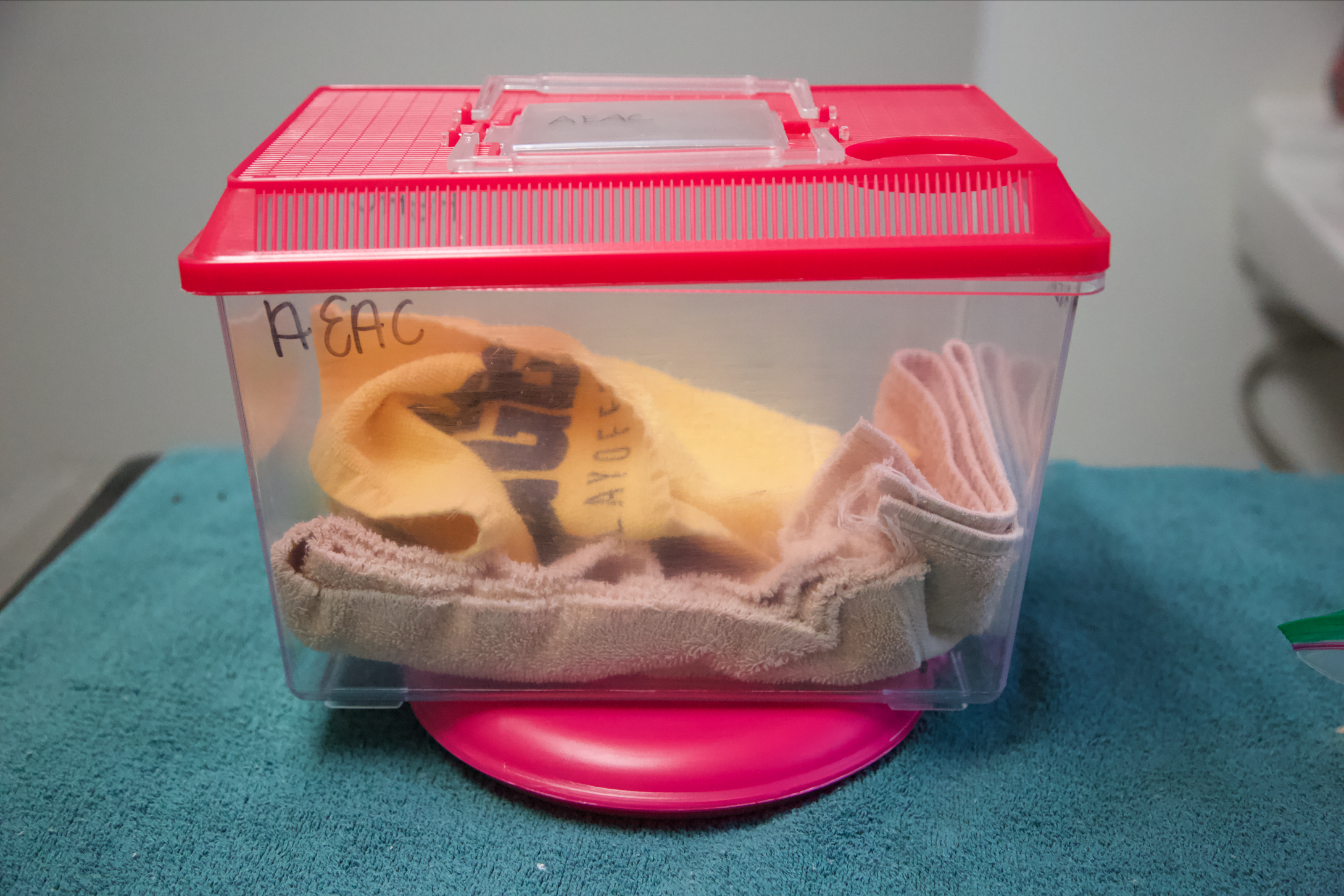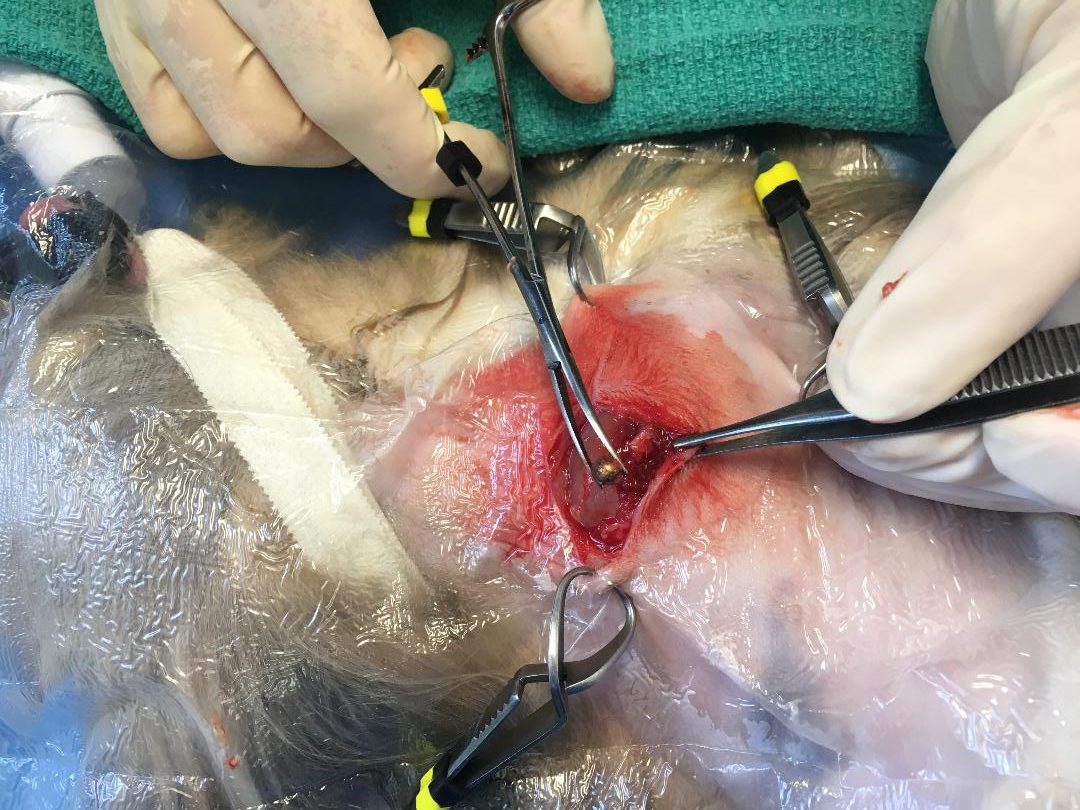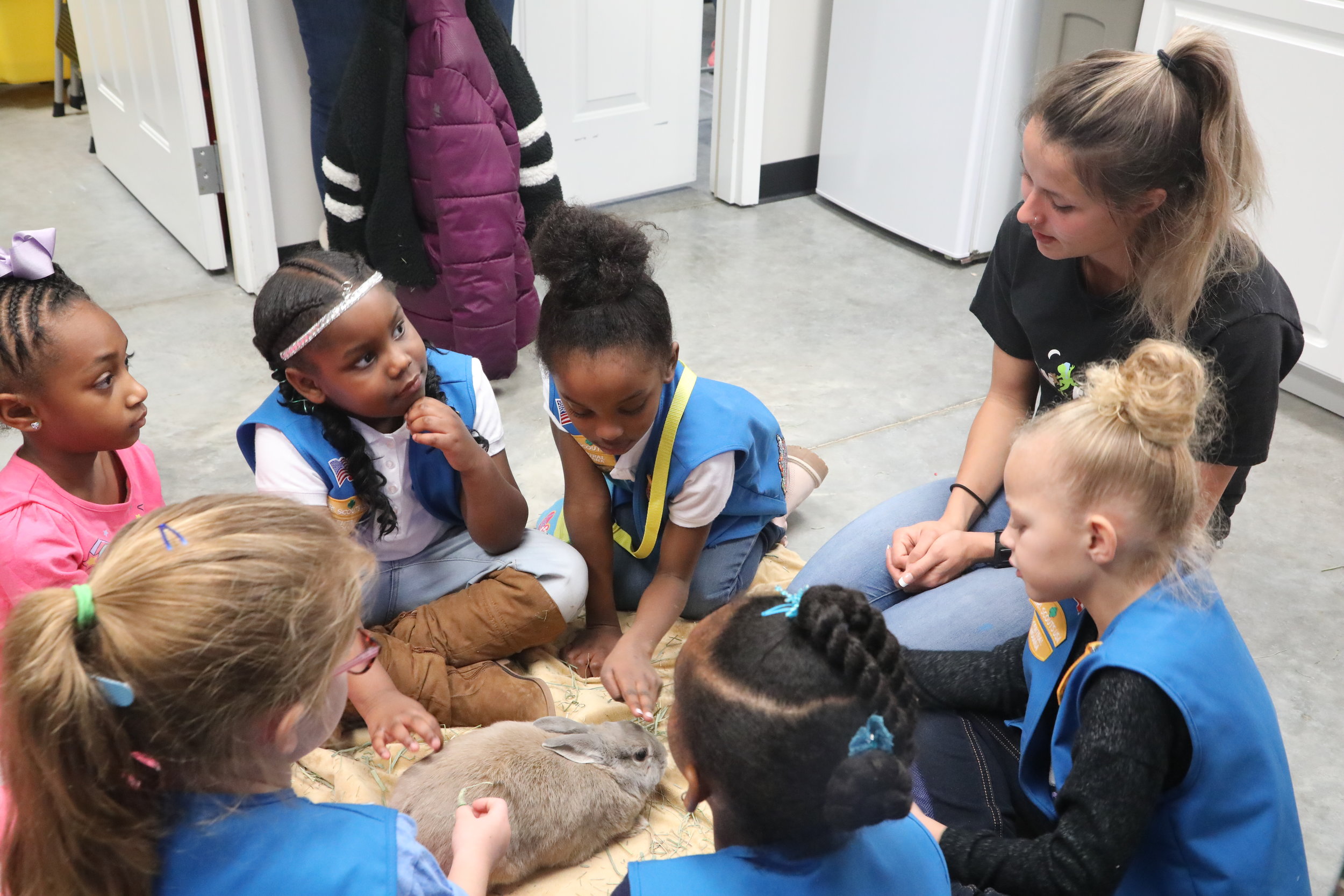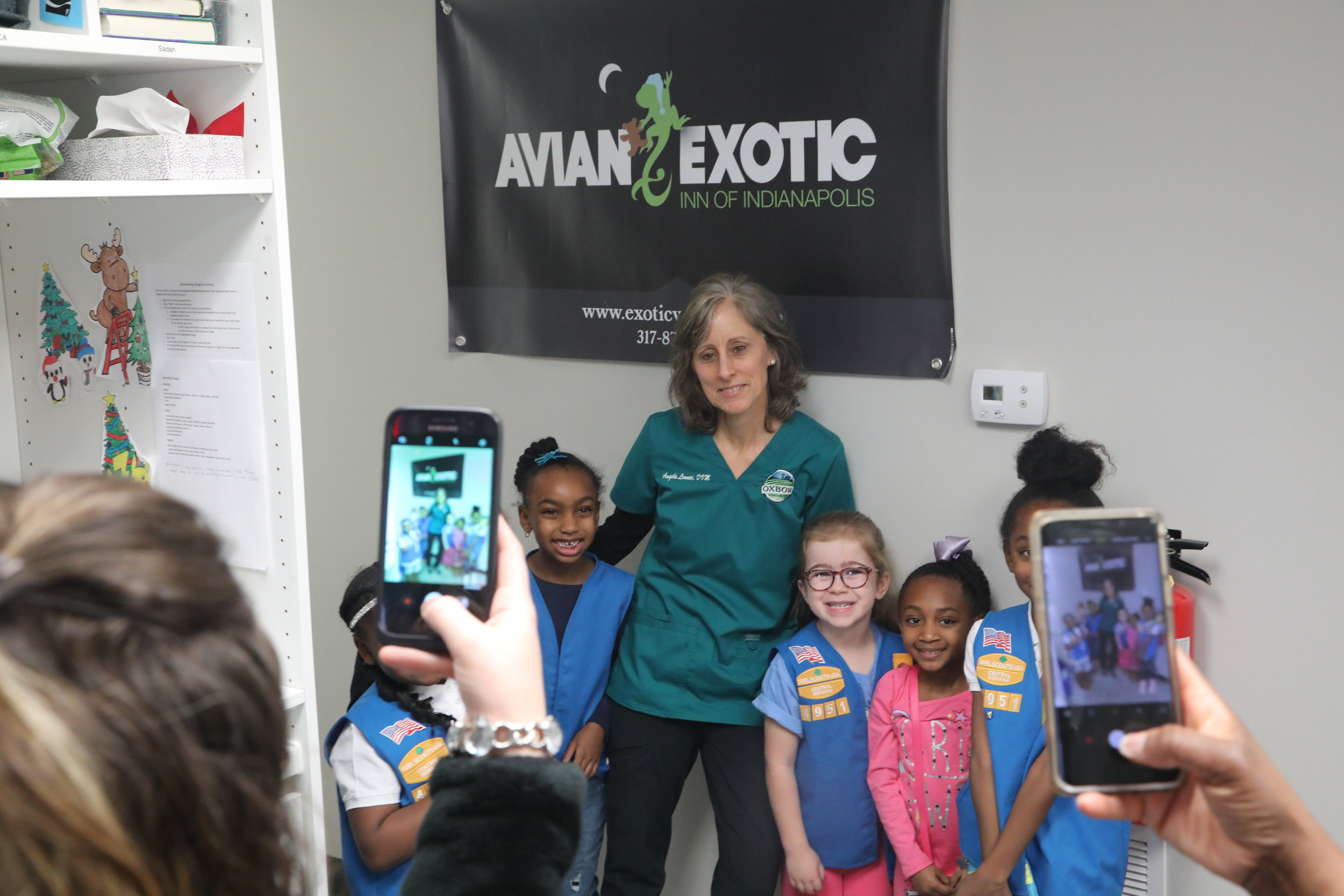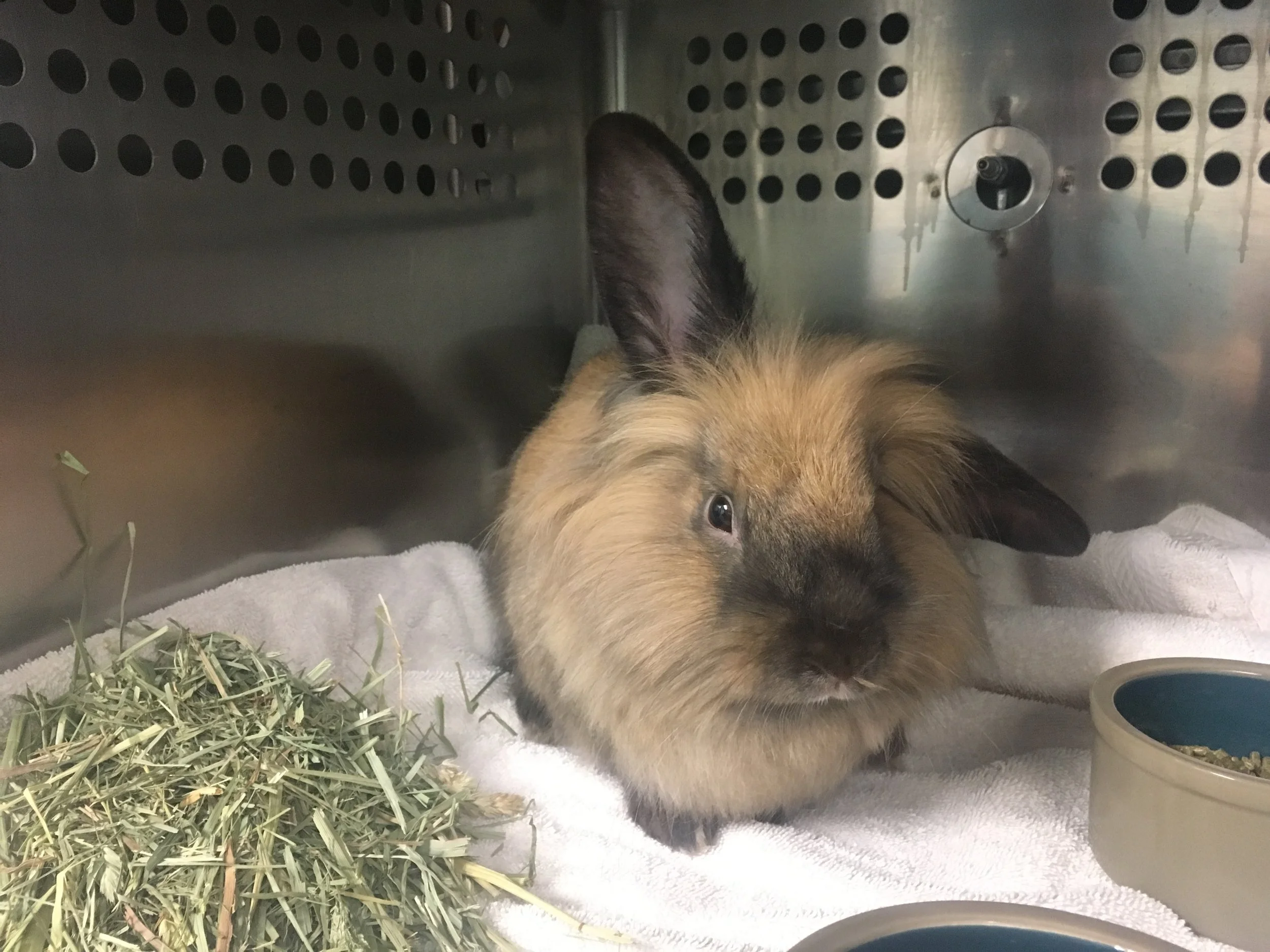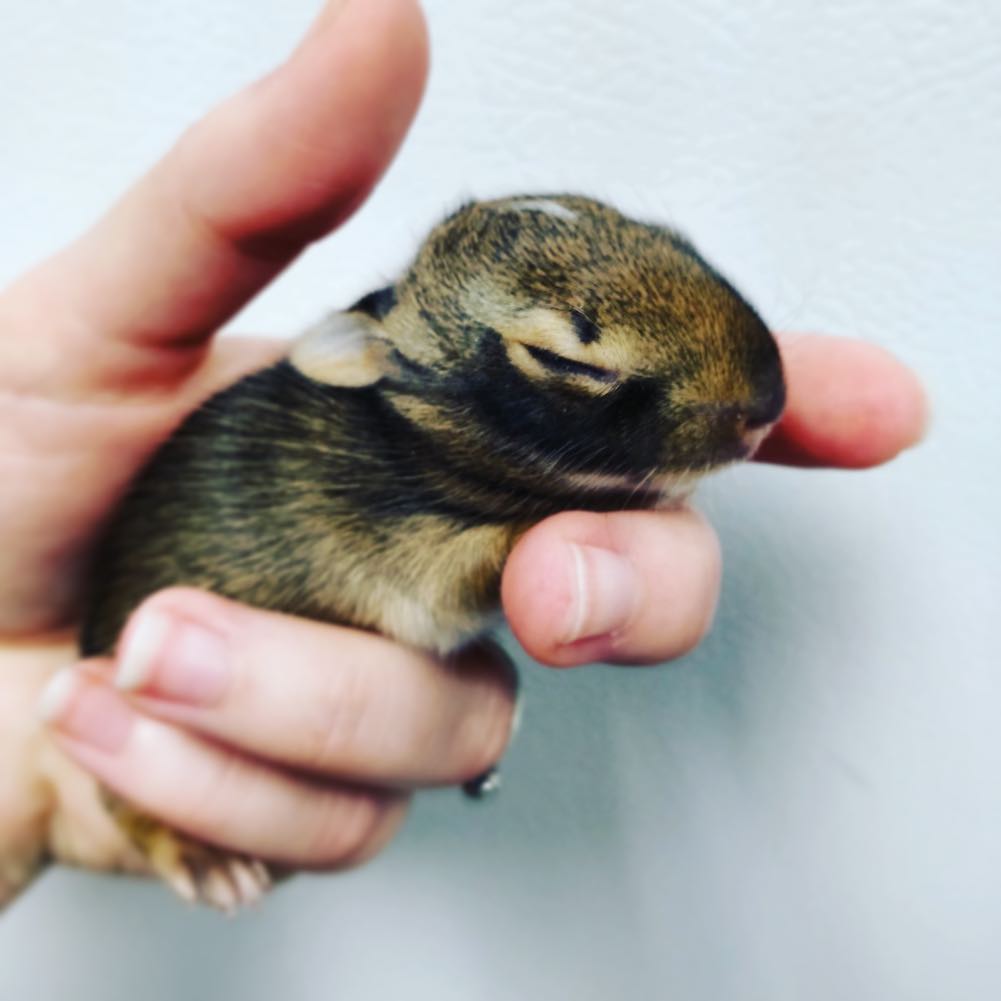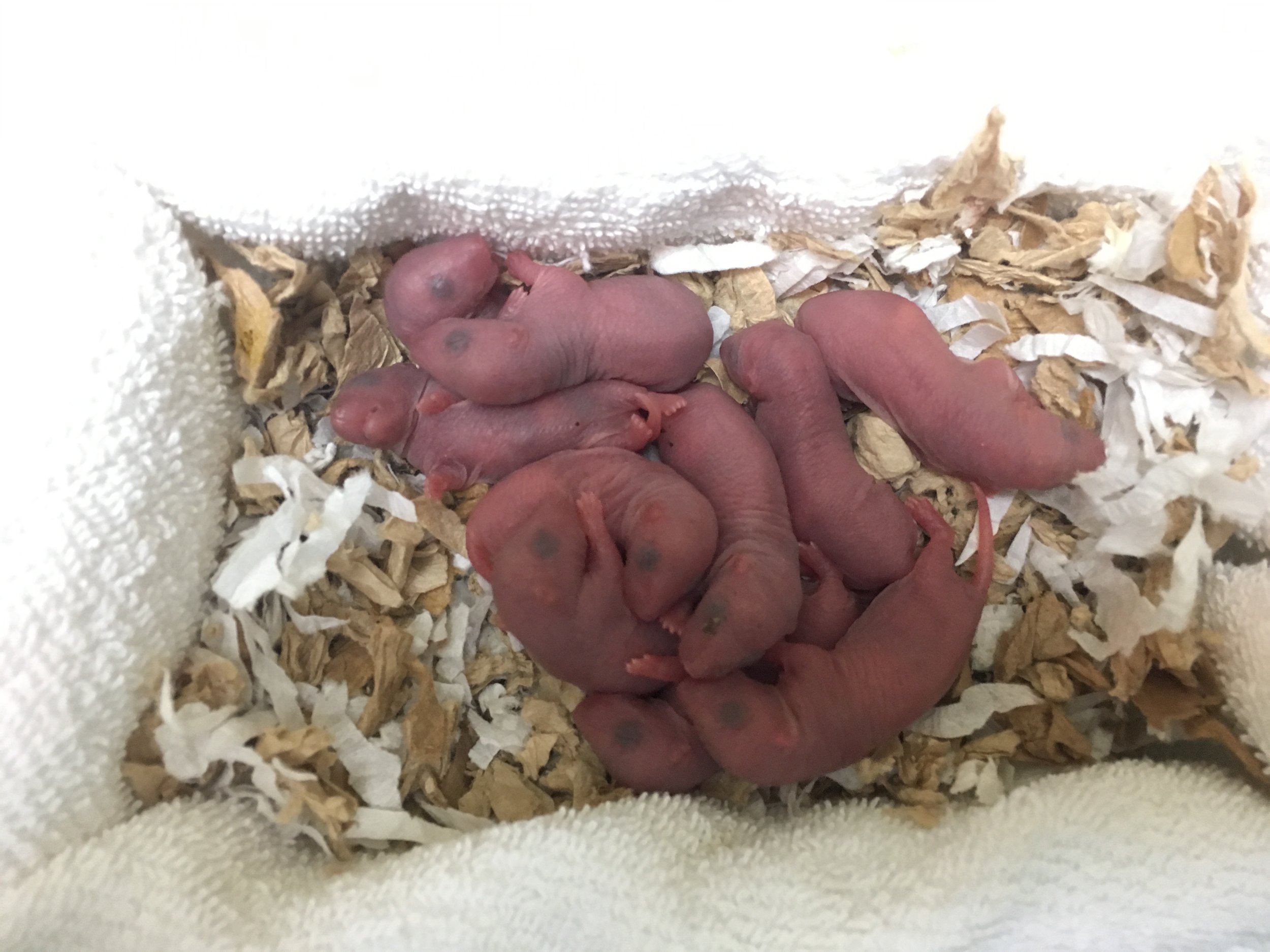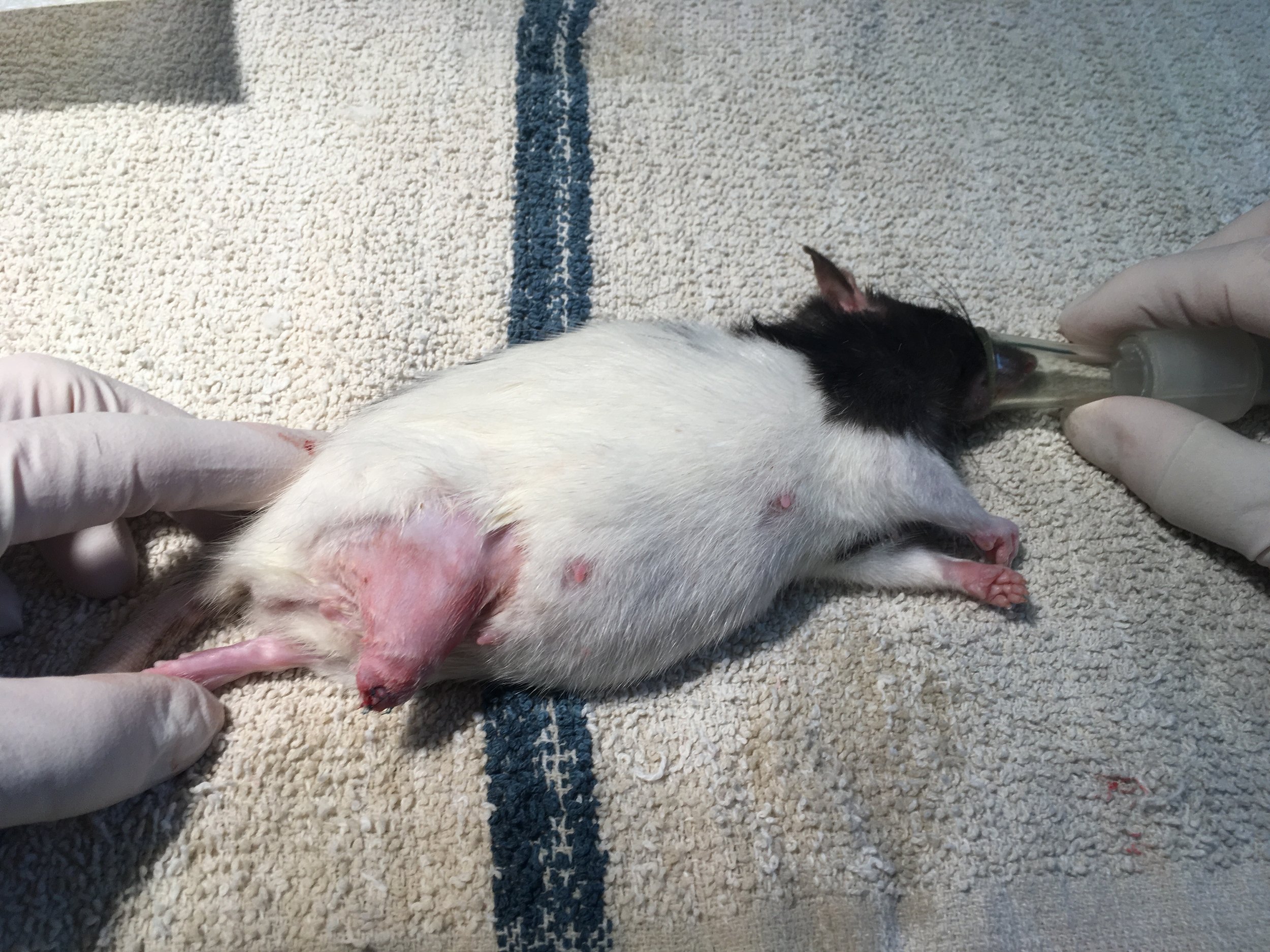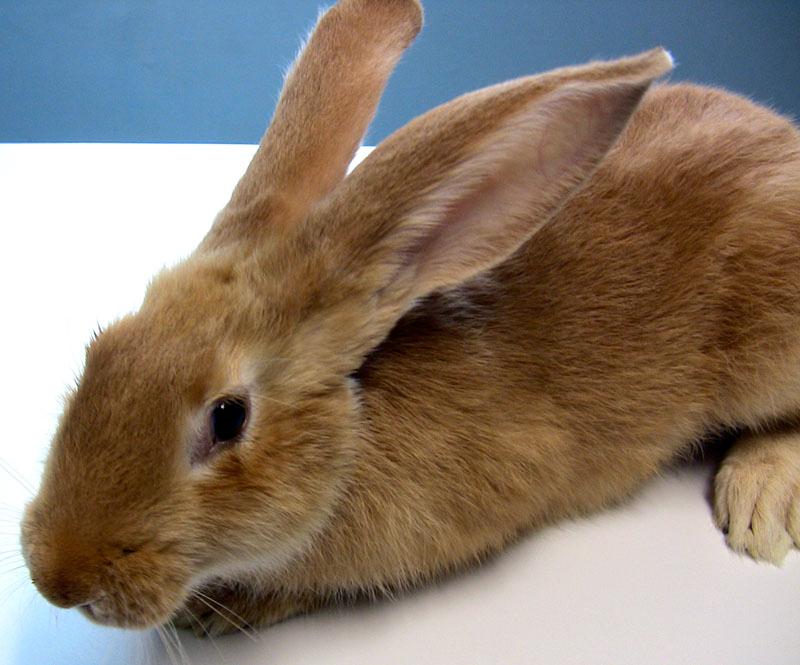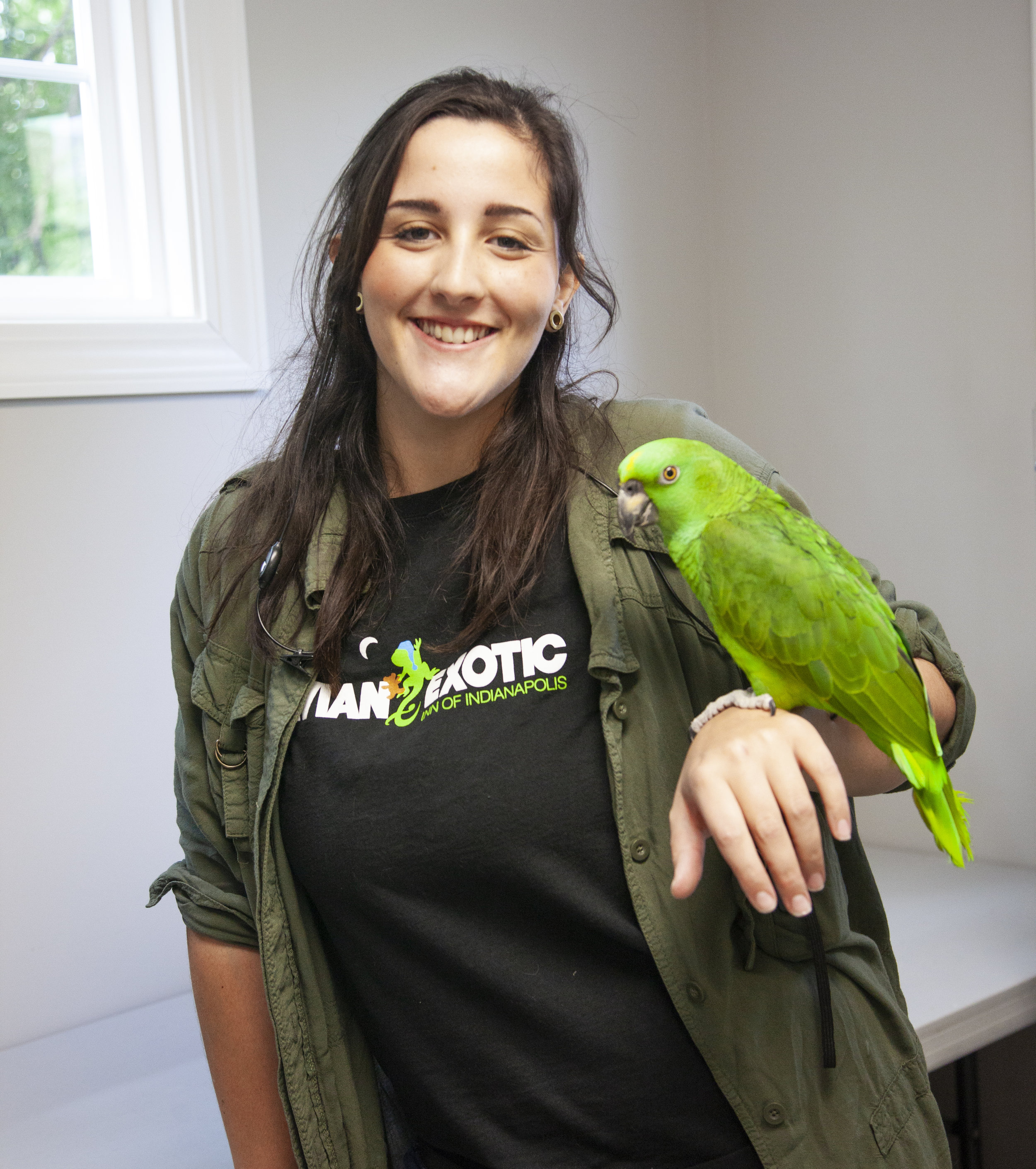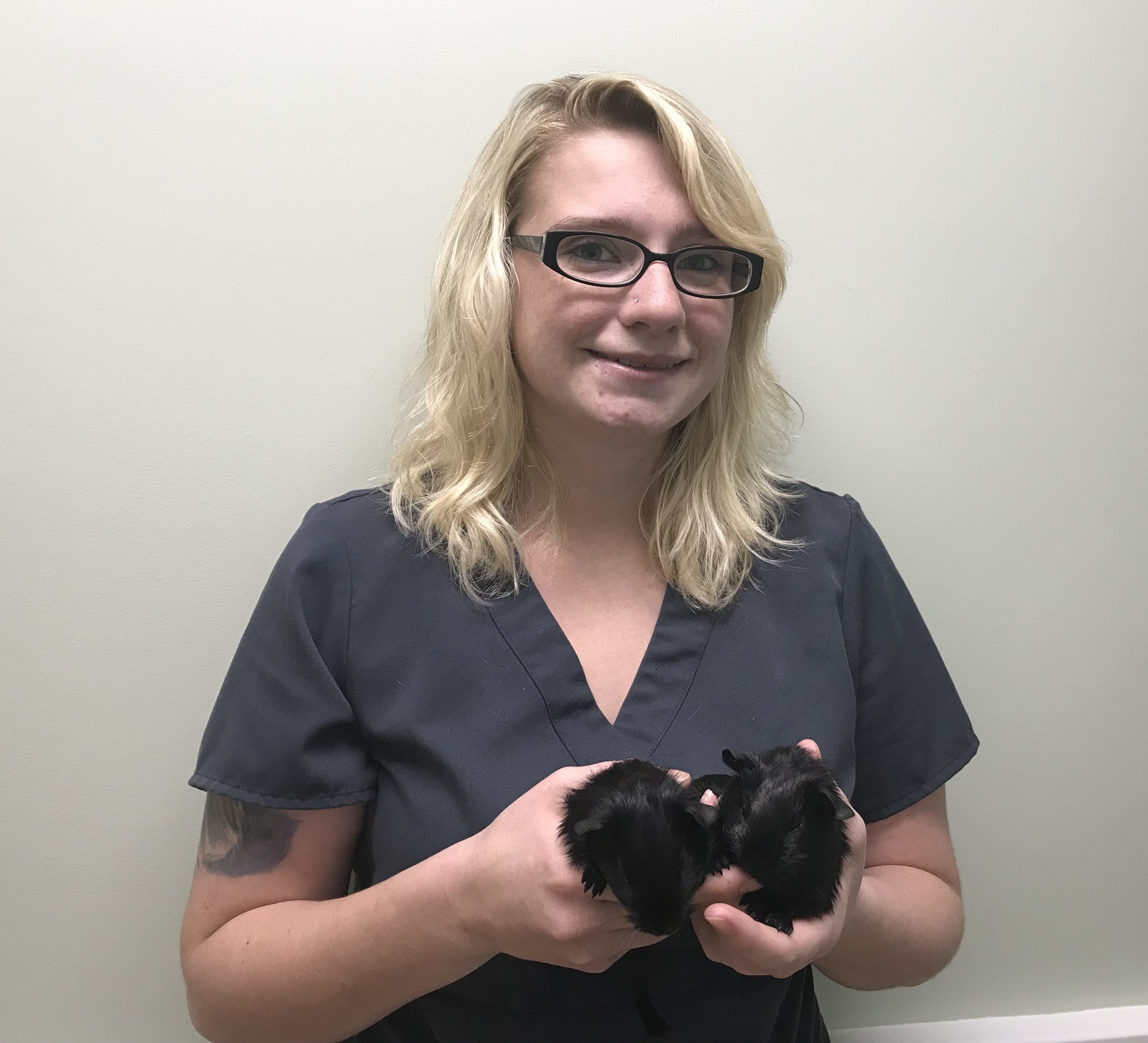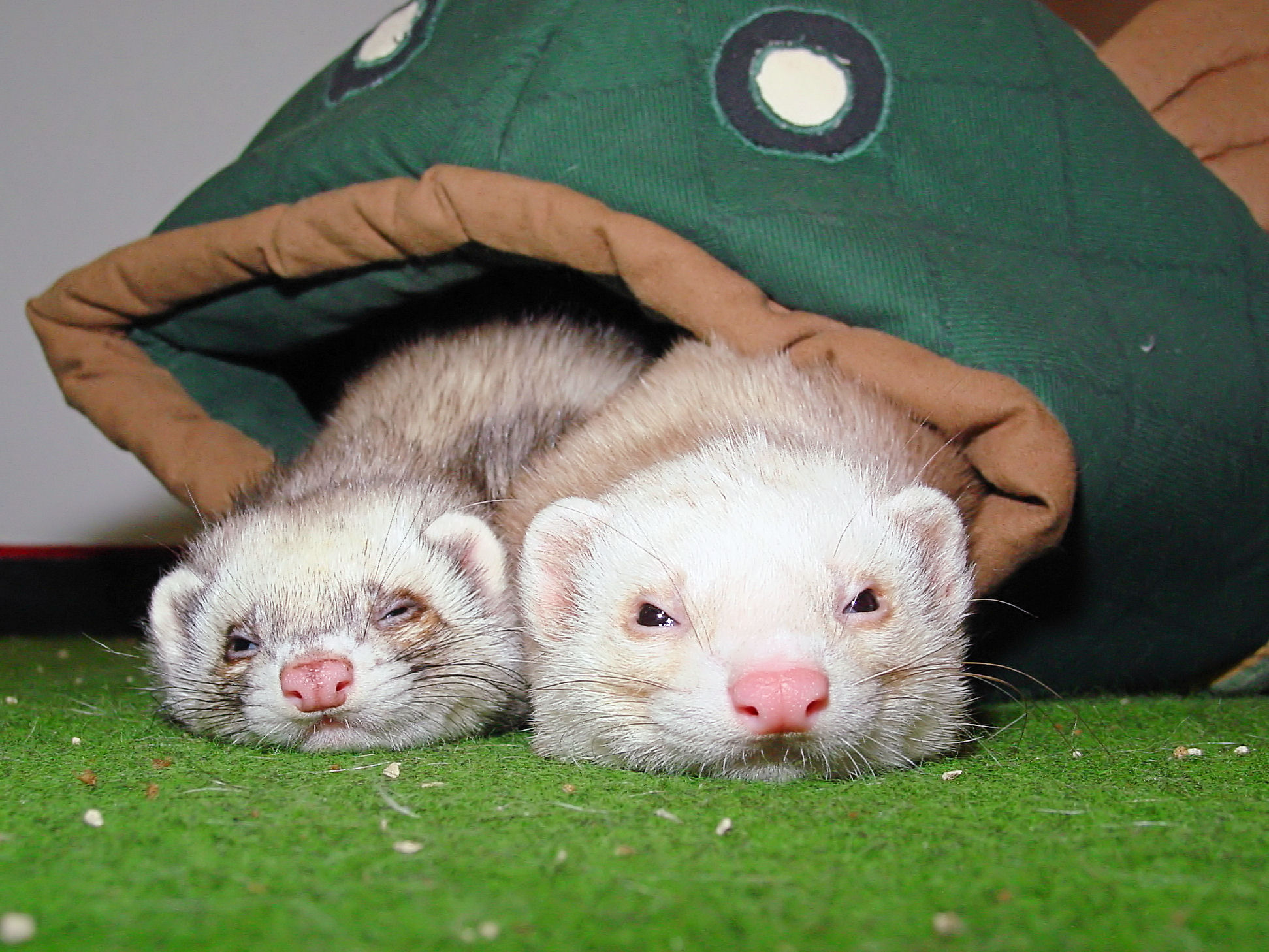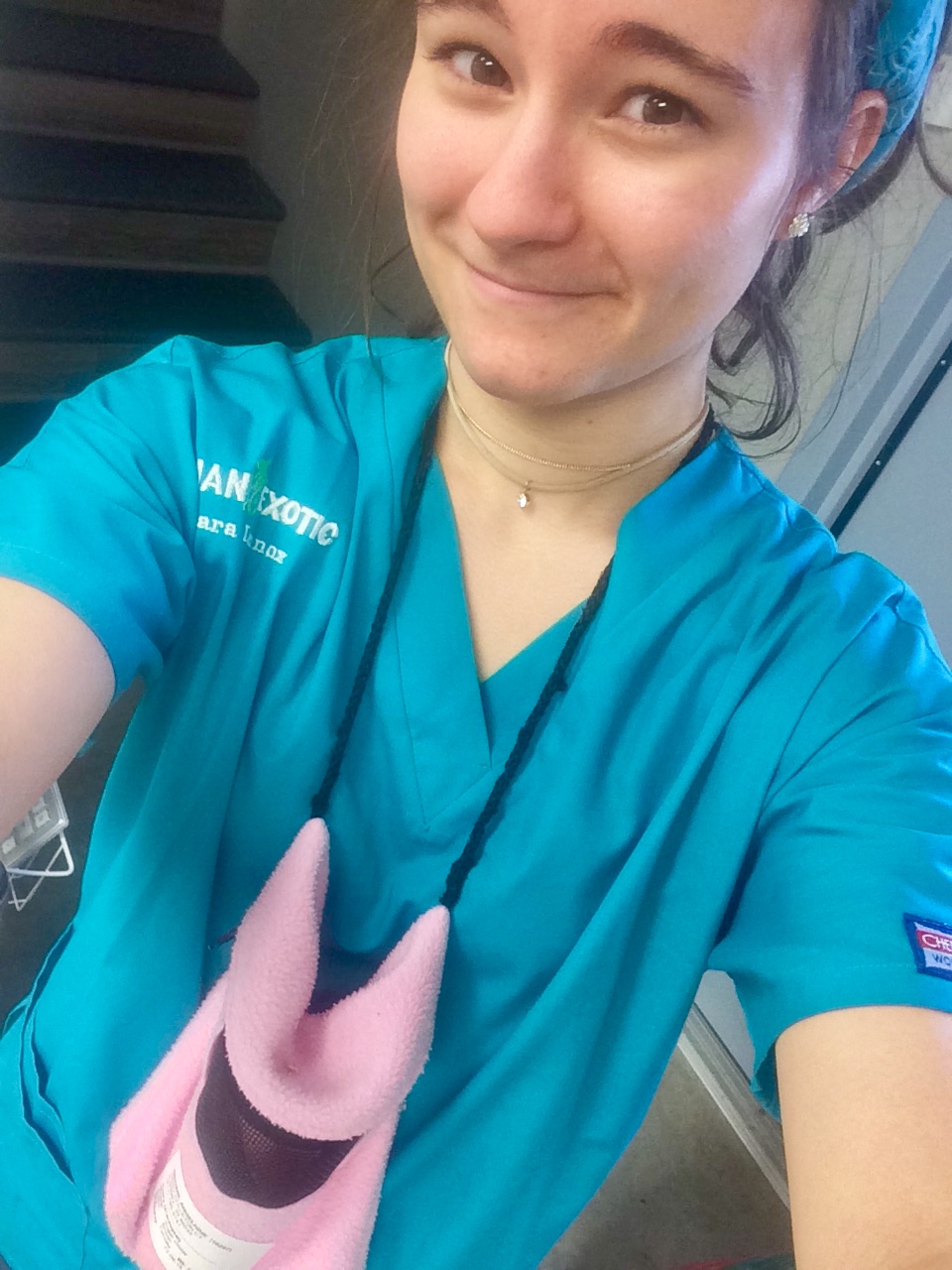 Hi there! My name is Sara (and this is my hamster, Stormageddon, Dark Lord of All). The last time I wrote, I was just starting my undergrad career at Purdue University with a major of Animal Sciences. Today, I am a second year student in the vet school here at Purdue. I can’t believe it has been almost 6 years since I first wrote “So you think you want to be a vet?”
As I reflect on my journey to vet school, I want to take a moment to thank all those who taught me invaluable lessons about hard work and discipline. Many thanks to the veterinarians who allowed me to spend time in their clinics and to my coworkers who helped me transform from a clueless high schooler to a slightly less clueless (but always confused) vet student! ?
Hi there! My name is Sara (and this is my hamster, Stormageddon, Dark Lord of All). The last time I wrote, I was just starting my undergrad career at Purdue University with a major of Animal Sciences. Today, I am a second year student in the vet school here at Purdue. I can’t believe it has been almost 6 years since I first wrote “So you think you want to be a vet?”
As I reflect on my journey to vet school, I want to take a moment to thank all those who taught me invaluable lessons about hard work and discipline. Many thanks to the veterinarians who allowed me to spend time in their clinics and to my coworkers who helped me transform from a clueless high schooler to a slightly less clueless (but always confused) vet student! ?
The journey has not been an easy one, and vet school certainly isn’t a walk in the park, but they say that if you love what you do then it isn’t work. Ever since I was little my mom used to say, “you should wake up every day and love your job.” That isn’t to say that there will never be difficult days or times when you don’t love your job, but I encourage you to find a career that is rewarding, if not always enjoyable. Don’t discount your abilities and the good you could bring to the world, even if it’s just in the lives of those you work with!
To those wanting to go to vet school, I won’t lie. Vet school is hard. I’m always tired, never feel entirely ready for exams, and constantly wonder how I’m ever going to remember it all. But then I have an exciting moment when I hear someone in the medical profession talk about a topic and it’s suddenly not gibberish to me anymore.
It also helps to keep things in perspective. I try my best in school but at the end of the day I know that there is so much more to life and I know that I will be okay even if I get a C on a test (not speaking from experience or anything…).
Yes, I’m a vet student but I’m also Sara. I love playing instruments, drinking tea, and watching movies with my sisters. I am terrible at board games and pretty much anything competitive, but I love having game nights with my roommates and friends. My newest addictions are animal crackers, Agatha Christie novels, and “The Great British Bake Off.”
Work hard on your journey to vet school but don’t forget to enjoy it along the way. When I was younger I used to think that I will have succeeded in life once I got to vet school, almost as if my life wouldn’t truly begin until I got there. That is dangerous and false thinking. Your life is happening now. Don’t forget to appreciate the amazing people and things you already have! Your career will just be a bonus on top of that.
As always, my best to you and your endeavors. Good luck, and remember:
“It’s a dangerous business, Frodo, going out your door. You step onto the road, and if you don’t keep your feet, there’s no knowing where you might be swept off to.” – J.R.R. Tolkien






